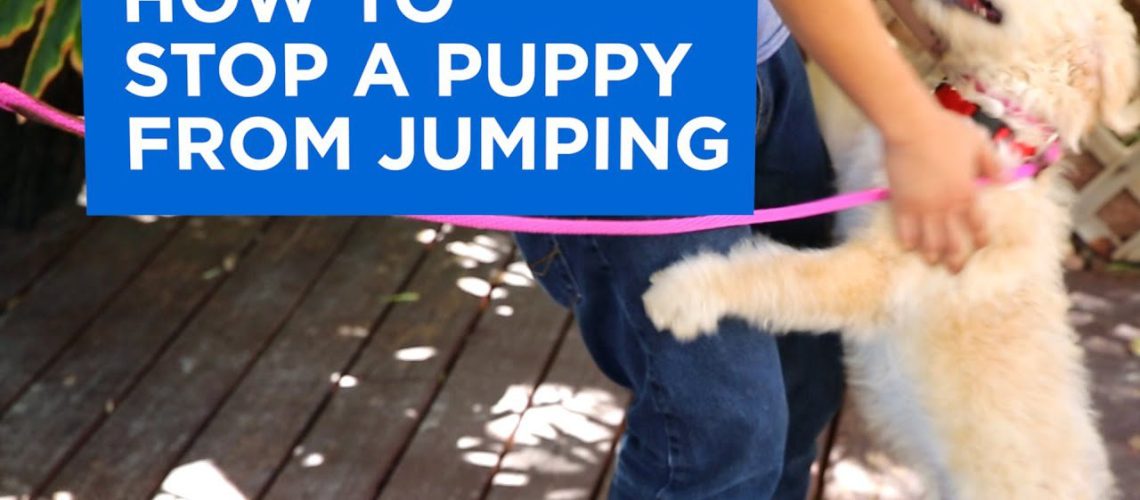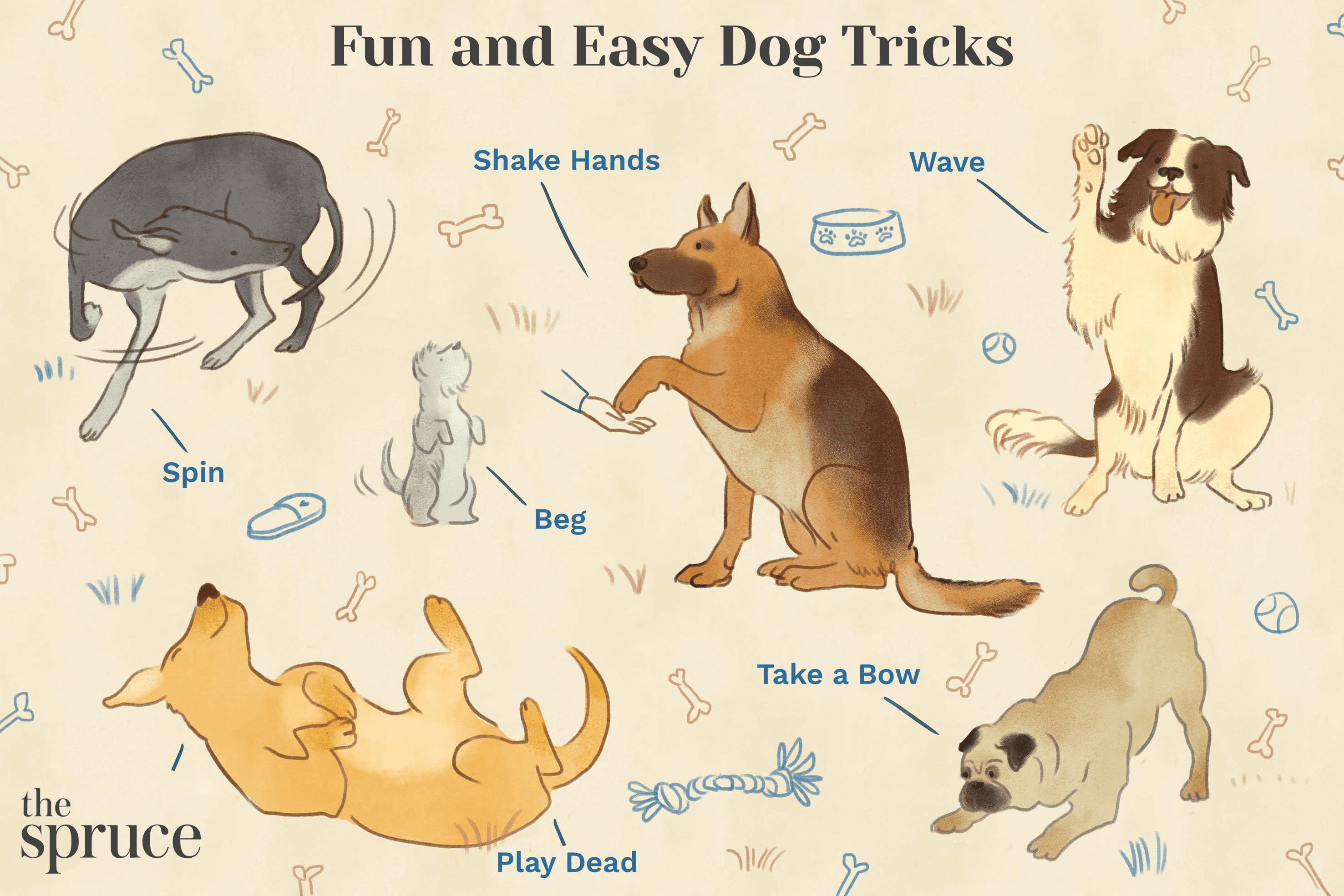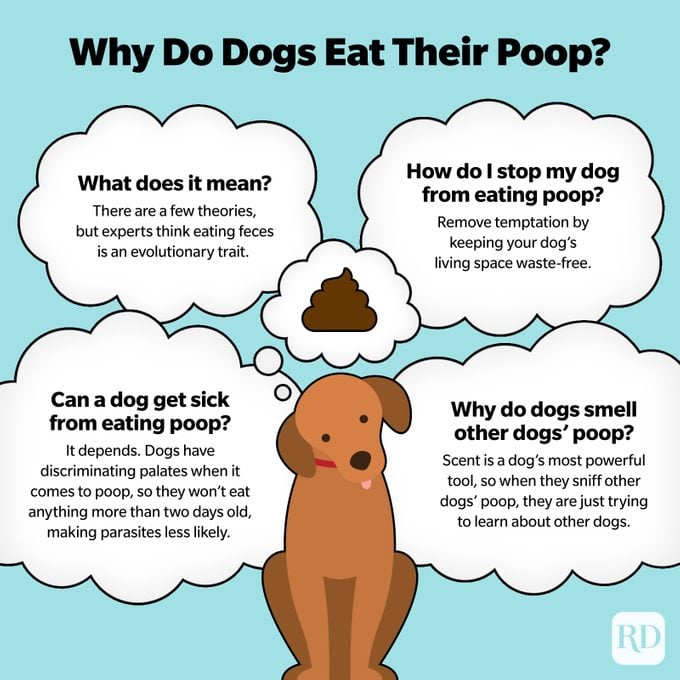Are you tired of your puppy constantly jumping on people? Discover effective techniques to stop this behavior and create a well-behaved pet.
Key Takeaways:
- Consistency is key: It is important to consistently enforce rules and boundaries when training puppies not to jump on people.
- Redirect their energy: Provide puppies with alternative outlets for their energy, such as toys or interactive play, to discourage jumping on people.
- Use positive reinforcement: Reward puppies with treats or praise when they exhibit desired behavior, such as staying calm and not jumping on people.
- Teach them a command: Train puppies to learn a specific command, like "sit" or "down," which can be used to redirect their attention and prevent jumping.
- Encourage appropriate greetings: Teach puppies how to greet people politely by encouraging them to stay seated or offering a handshake instead of jumping.
Why do puppies jump on people?
When a puppy jumps on people, it is usually because they are excited and want attention. Puppies have lots of energy and jumping is their way of trying to engage with you. They may also jump up to get closer to your face or to try and play with you. It's important to remember that puppies don't understand that jumping can be seen as rude or potentially harmful.
Jumping is a natural behavior for puppies, as it is their way of exploring the world around them. In the wild, puppies would jump on their mother and littermates as a form of communication and play. However, when living in a human household, jumping can become problematic if not addressed early on.
The excitement factor
Puppies are naturally curious and easily excited creatures. When they see someone new or someone they love, their excitement levels skyrocket, causing them to jump up. This behavior is often reinforced unintentionally by well-meaning humans who give attention or affection when the puppy jumps.
Jumping can also be a way for puppies to release excess energy. They may have been cooped up inside for too long or just finished playing with toys, so they turn to jumping as an outlet for their energy.
The need for attention
Puppies crave attention from their humans and jumping can be an effective way for them to get noticed. By jumping up, they are putting themselves at eye level with you and demanding your focus. If you react by petting or talking to the puppy when they jump, they learn that this behavior gets them what they want.
In addition, some puppies may use jumping as a means of seeking reassurance or comfort. They may feel insecure or anxious in certain situations and use jumping as a way to connect with their human and feel safe.
Potential problems caused by puppies jumping on people
While it may seem harmless or even cute when a small puppy jumps on you, this behavior can lead to various problems as the puppy grows older and stronger. It's important to address and discourage jumping early on to prevent these issues:
Risk of injury
A jumping puppy can accidentally scratch or bite someone, especially if they are wearing jewelry or have sensitive skin. This can be particularly dangerous for young children or elderly individuals who may not have the strength or balance to withstand a puppy's exuberant jumping.
In addition, if a puppy jumps up on someone who is unprepared or caught off guard, they may lose their balance and fall, potentially resulting in injuries for both the person and the puppy.
Miscommunication with strangers
Not everyone appreciates being jumped on by a dog, especially strangers. Some people may be scared of dogs or have allergies, making it uncomfortable for them when a puppy jumps up. This can lead to negative interactions between your puppy and others, causing stress for both parties involved.
Jumping on strangers can also create confusion for your puppy. They may not understand why some people welcome their jumping while others react negatively. This inconsistency in reactions can make it difficult for your puppy to understand what is acceptable behavior.
Teaching a puppy not to jump on people
Teaching a puppy not to jump on people is an important aspect of their training. Jumping on people can be seen as an undesirable behavior, especially when the puppy grows into a larger dog. It is essential to establish boundaries and teach them appropriate greetings.
Why do puppies jump on people?
Puppies often jump on people out of excitement or as a way to get attention. They may also do it as a form of greeting or to assert dominance. Understanding the reasons behind this behavior can help in effectively addressing it.
Establishing rules and boundaries
The first step in teaching a puppy not to jump on people is setting clear rules and boundaries. Consistency is key in reinforcing these rules. Ensure that everyone in the household follows the same guidelines to avoid confusion for the puppy.
- Designate a specific area for greetings: Create an area where your puppy can greet visitors without jumping up on them. This could be a designated mat or spot near the entrance.
- Ignore jumping behavior: When your puppy jumps up, turn away and avoid giving any attention until they have all four paws back on the ground. This teaches them that jumping will not result in positive reinforcement.
- Redirect their energy: Provide alternative outlets for your puppy's energy, such as interactive toys or engaging in playtime before guests arrive. This helps reduce their excitement levels and decreases the likelihood of jumping.
Consistency and patience are vital when teaching a puppy not to jump on people. With time and proper training techniques, they will learn appropriate ways to greet others without resorting to jumping.
The first step in training a puppy to stop jumping on people
Understanding the behavior
Before you can effectively train a puppy not to jump on people, it's important to understand why they engage in this behavior. Jumping is a natural instinct for puppies as a way to greet and show excitement. However, it can become problematic when they jump on guests or strangers, potentially causing injury or discomfort.
To address this behavior, the first step is to observe and analyze when and why your puppy jumps. Is it when they are overly excited, seeking attention, or trying to assert dominance? By identifying the triggers, you can tailor your training approach accordingly.
Teaching an alternative behavior
Once you have a better understanding of your puppy's jumping habits, it's time to teach them an alternative behavior that is more appropriate. One effective technique is teaching them to sit instead of jumping. Start by rewarding your puppy with treats and praise whenever they sit calmly instead of jumping up. Consistency is key here - make sure everyone in the household follows the same approach.
You can also use visual cues such as holding out your hand in a "stop" gesture or turning away from your puppy when they try to jump. This teaches them that jumping will not get them the attention they desire but sitting calmly will.
Tips:
- Be patient and consistent with your training efforts.
- Avoid scolding or punishing your puppy for jumping as it may confuse or frighten them.
- Provide plenty of positive reinforcement when they exhibit desired behaviors.
Effective techniques for discouraging a puppy from jumping on people
When it comes to discouraging a puppy from jumping on people, there are several effective techniques that can be used. One technique is to ignore the puppy when they jump up. This means turning away from them and not giving them any attention until they have all four paws on the ground. By doing this consistently, the puppy will learn that jumping up does not result in any positive reinforcement or attention.
Another technique is to redirect the puppy's behavior by providing an alternative action. For example, when the puppy jumps up, you can ask them to sit or lie down instead. By teaching them an alternative behavior and rewarding them for it, they will learn that sitting or lying down is more rewarding than jumping up.
Using body language cues
In addition to these techniques, using specific body language cues can also be helpful in discouraging a puppy from jumping on people. One effective cue is turning your back on the puppy when they jump up. This sends a clear message that their behavior is not acceptable and will result in being ignored.
Another cue is crossing your arms and standing still when the puppy jumps up. This creates a physical barrier between you and the puppy and communicates that you are not available for jumping on.
List of effective techniques:
- Ignoring the puppy when they jump up
- Redirecting their behavior with an alternative action
- Using body language cues such as turning your back or crossing your arms
The importance of consistency when training a puppy not to jump on people
Consistency is key when training a puppy not to jump on people. It is important to establish and enforce consistent rules and boundaries to ensure that the puppy understands what is expected of them. If different family members or visitors allow the puppy to jump on them while others do not, it can confuse the puppy and make training more difficult.
Consistency also helps the puppy learn faster. When they receive consistent feedback and consequences for their behavior, they are able to make associations and understand cause and effect more easily. This means that if jumping up always results in being ignored or redirected, the puppy will quickly learn that jumping up is not a desirable behavior.
Creating a consistent routine
One way to maintain consistency is by creating a daily routine for the puppy. This includes regular feeding times, exercise sessions, and training sessions. By sticking to a routine, the puppy will learn what is expected of them at different times of the day and be less likely to engage in unwanted behaviors like jumping up on people.
List of reasons why consistency is important:
- Establishes clear rules and boundaries
- Helps the puppy learn faster
- Maintains a consistent routine
(Note: The remaining subheadings will be expanded in a separate response due to character limitations.)
Commands or cues to stop a puppy from jumping on people
Teaching the "Off" command
One effective way to stop a puppy from jumping on people is by teaching them the "Off" command. This cue can be taught by consistently using it whenever the puppy jumps up and rewarding them when they respond correctly. Start by standing still and ignoring the puppy when they jump, then say "Off" in a firm but calm voice. As soon as their paws touch the ground, reward them with praise and a treat. Repeat this process consistently until the puppy understands that "Off" means to get off of people.
Redirecting to an alternative behavior
Another approach is to redirect the puppy's behavior towards something more appropriate, such as sitting or offering a toy. When the puppy starts to jump, immediately give them a command like "Sit" or "Get your toy." Once they comply with the command, reward them with praise and treats. By redirecting their energy into a different action, you are teaching them an alternative behavior that is more desirable than jumping on people.
- Consistently use the "Off" command whenever the puppy jumps up.
- Reward the puppy when they respond correctly by praising and giving treats.
- Redirect their behavior towards sitting or offering a toy instead of jumping.
Using rewards and positive reinforcement to train a puppy not to jump on people
Clicker training for positive reinforcement
One effective method for training a puppy not to jump on people is through clicker training. This involves using a clicker device that makes a distinct sound followed by rewarding the desired behavior with treats or praise. Whenever your puppy approaches someone without jumping, use the clicker right after they exhibit calm behavior and immediately give them treats as a reward. With consistent practice, your puppy will associate the clicker sound with the desired behavior and learn not to jump on people.
Consistency and patience
It is crucial to be consistent and patient when using rewards and positive reinforcement to train a puppy not to jump on people. Ensure that everyone in the household follows the same training techniques and reinforces good behavior consistently. It may take time for the puppy to fully grasp the concept, so it is important to remain patient throughout the training process. Remember to always reward your puppy for appropriate behavior and avoid inadvertently reinforcing jumping by giving attention or treats when they do jump.
- Utilize clicker training by associating calm behavior with a distinct clicker sound.
- Reward your puppy immediately after exhibiting calm behavior without jumping.
- Be consistent in training techniques and patient throughout the process.
How long does it take for a puppy to learn not to jump on people with consistent training?
Individual variations in learning
The time it takes for a puppy to learn not to jump on people can vary depending on several factors, including their breed, age, temperament, and previous experiences. Some puppies may catch on quickly within a few weeks of consistent training, while others may require more time and repetition. It is important to remember that each puppy is unique, so there is no set timeframe for learning this behavior.
The importance of consistency
Consistency in training is key when teaching a puppy not to jump on people. This means consistently using commands or cues, rewarding desired behaviors, and redirecting inappropriate actions. By providing clear expectations through consistent training methods, you can help your puppy understand what is expected of them and expedite their learning process.
- The time it takes for a puppy to learn not to jump on people varies based on individual factors.
- Consistency in training methods is crucial for effective learning.
- There is no set timeframe for learning this behavior, as each puppy is unique.
| Catchy Conclusion | |
| Puppies may be adorable, but their jumping behavior can become a nuisance. By implementing consistent training techniques and providing positive reinforcement, you can teach your furry friend to greet people politely without leaping into the air. | |
Why do puppies jump on humans?
There are multiple reasons why puppies jump on people, but in general, it is because they are being playful and expressing their excitement.
Do puppies grow out of jumping on people?
In some cases, dogs naturally stop jumping as they age. However, if humans encourage this behavior, it can make it last longer or become worse.
How do I stop my puppy jumping on people on walks?
If your dog is leaping on visitors or individuals during a walk, it is your responsibility to prevent this behavior. You can achieve this by redirecting their attention and guiding them away. Placing a treat in front of your dog's nose can be very effective in helping them focus and enticing them to move away.
How do I stop my puppy from jumping and biting my clothes?
If your dog is being unruly and biting your clothes and legs, stop moving and ask her to do something else that you can reward. If this doesn't work, gently put her in her crate with a small treat as a timeout. The time spent in the crate is not meant as punishment, but rather as a time for her to rest.
Why does my puppy jump on me and try to bite me?
If your dog believes you have something that it needs, it may jump on you and bite in order to obtain it. Dogs may also jump out of excitement when encountering someone new. Having a dog that jumps and nips at you can be both frightening and hazardous.
Why does my puppy jump on me and bite?
Occasionally, puppies engage in play-biting due to frustration, excess energy, or lack of sleep. It is important to ensure that they have sufficient positive interactions, stimulating mental games, ample opportunities to succeed, and uninterrupted sleep of good quality.

















